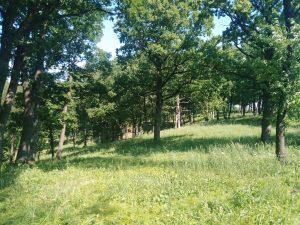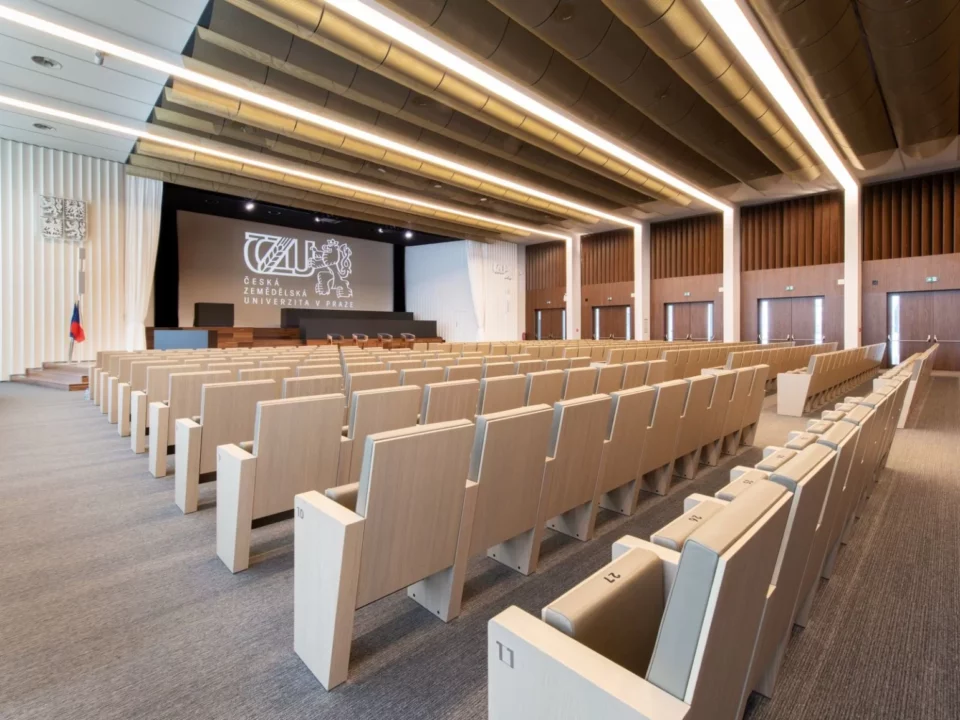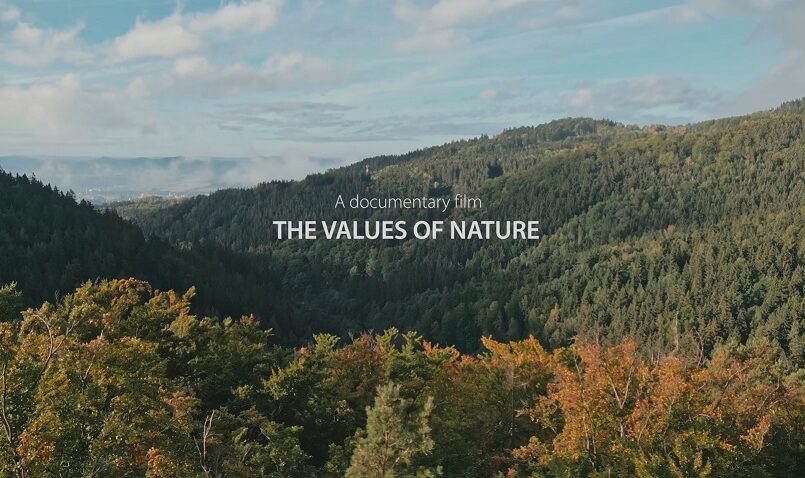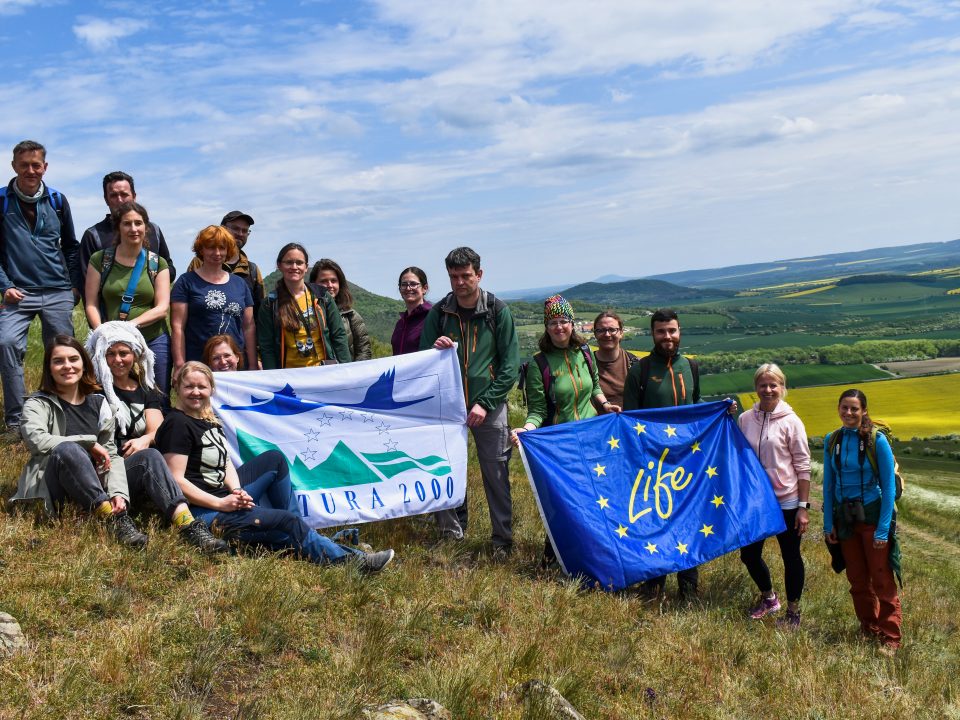We meet other Czech LIFE projects
There is a constant need to keep up with latest knowledge and experience when it comes to ensuring appropriate and effective management of protected areas, not only of the Natura 2000 system. And in the case of innovative management, which is represented e.g. by forest grazing in our project, this is doubly true. That is why we meet representatives of the LIFE for Minuartia project, saving Minuartia smejkalii, and LIFE for Insects.
Forest grazing near Želivka

Forest grazing in the Hadce u Želivky National Nature Monument. Photo by Ondřej Pašek, www.kuricka.cz
The NCA representatives of the One Nature project met with Karel Kříž from the Czech Union for Nature Conservation in Vlašim, who is the project manager of the LIFE for Minuartia project, and with Martin Klaudys, a site manager from the Blaník Protected Landscape Area administration, in the Hadce u Želivky National Nature Monument in May 2021. They all talked about the history of the locality, which used to be a rural pasture, and about its current and target state that the project aimed at saving the Czech endemic species Minuartia smejkalii wants to achieve.
The LIFE for Minuartia project deals, among other things, with the revitalization of the habitats of Minuartia smejkalii. In order to achieve this, a number of measures aimed at reducing the amount of nutrients in soil are implemented in the localities of occurrence. It is worth mentioning, for example, the removal of turf, raking-out of old grass, mowing or mulching. Forest grazing, which is also the subject of the One Nature project in its localities, was preceded by a cut-out of self-sown plants and the overall opening up of the tree layer in the Hadce u Želivky national nature monument. This resulted in a sparse stand of Scots pine, parts of which have been periodically grazed by a flock of 30 sheep since 2019. Grazing management is combined here with regular mowing and occasional turf removal. At present, grazing is taking place on five hectares and mowing on six hectares. Only the steep slopes above the Švihov water reservoir remain without management.
Gradual re-grazing of the site takes place twice a year (in May and August), always for two weeks, depending on the weather. Romanov sheep always graze for three to four days (depending on the amount of forage) in temporary mobile pens with an area of 0.75 to 1 ha, while a second pen is installed in the immediate vicinity into which the sheep are moved after grazing the previous habitat. It is very important that the condition of the site is constantly monitored during grazing in order to avoid the threat of damage by excessive browsing of the vegetation. An enclosure connected to a solar electricity source is used to secure the flock.
Protective cages are also installed throughout the area to ensure protection of control plots against grazing – through the comparison of these ungrazed areas and the surrounding grazed area, it is possible to see a significant positive effect of organized grazing of this specially protected site (see the photos below). The whole area is then monitored by a number of dataloggers, which regularly monitor the temperature and humidity of the entire site, including the control plots and the above-mentioned steep slopes.
Forest grazing in the White Carpathians SCI
At the end of June, a representative of the One Nature project met with workers of another Czech project, LIFE for Insects, implemented by the Nature Conservation Agency in cooperation with the Czech Union for Nature Conservation in White Carpathians, the Czech Union for Nature Conservation Salamander, the White Carpathians Education and Information Centre, The Infinity ‑ Progress Association and the BROZ Association, a Slovak partner. The BROZ Association aims at restoring habitats of natural occurrence of selected insect species of Community importance, such as stag beetle, clouded Apollo, large blue, dusky large blue, scarce large blue and many others, in the cross-border areas of the Western Carpathians (the Beskydy Mts. and White Carpathians on the Czech and Slovak sides).
One of the site restoration tools that the project uses is the return to traditional extensive landscape management methods. These are mainly mosaic mowing, grazing, coppicing and forest grazing. Our project One Nature also deals with coppicing and forest grazing. Mutual sharing of experience and knowledge was therefore obvious. For example, practical implementation of the measures themselves, possible difficulties and their solutions have been discussed.
In particular, monitoring the development of the state of the sites over time and the effective data collection method were discussed in more detail. During the visit to several sites of the LIFE for Insects project, botanical data were also collected on permanent monitoring plots that are designed to monitor the response of the herbaceous and tree layers to the measures taken.
More information about the project can be found on its website.












